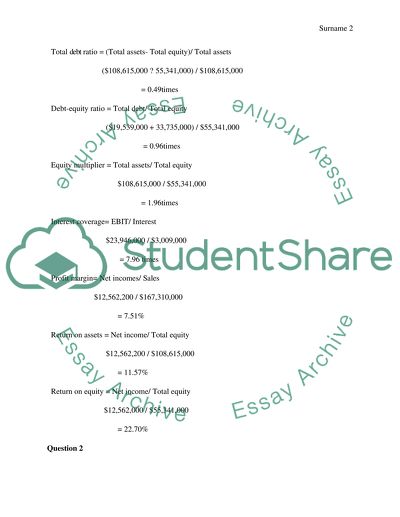Cite this document
(“The Bullock Gold Mining and a Job at East Coast Yachts Essay”, n.d.)
The Bullock Gold Mining and a Job at East Coast Yachts Essay. Retrieved from https://studentshare.org/finance-accounting/1453410-two-mini-cases-from-corporate-finance-textbook-the
The Bullock Gold Mining and a Job at East Coast Yachts Essay. Retrieved from https://studentshare.org/finance-accounting/1453410-two-mini-cases-from-corporate-finance-textbook-the
(The Bullock Gold Mining and a Job at East Coast Yachts Essay)
The Bullock Gold Mining and a Job at East Coast Yachts Essay. https://studentshare.org/finance-accounting/1453410-two-mini-cases-from-corporate-finance-textbook-the.
The Bullock Gold Mining and a Job at East Coast Yachts Essay. https://studentshare.org/finance-accounting/1453410-two-mini-cases-from-corporate-finance-textbook-the.
“The Bullock Gold Mining and a Job at East Coast Yachts Essay”, n.d. https://studentshare.org/finance-accounting/1453410-two-mini-cases-from-corporate-finance-textbook-the.


